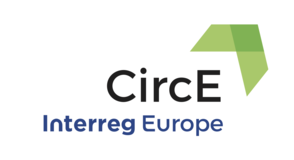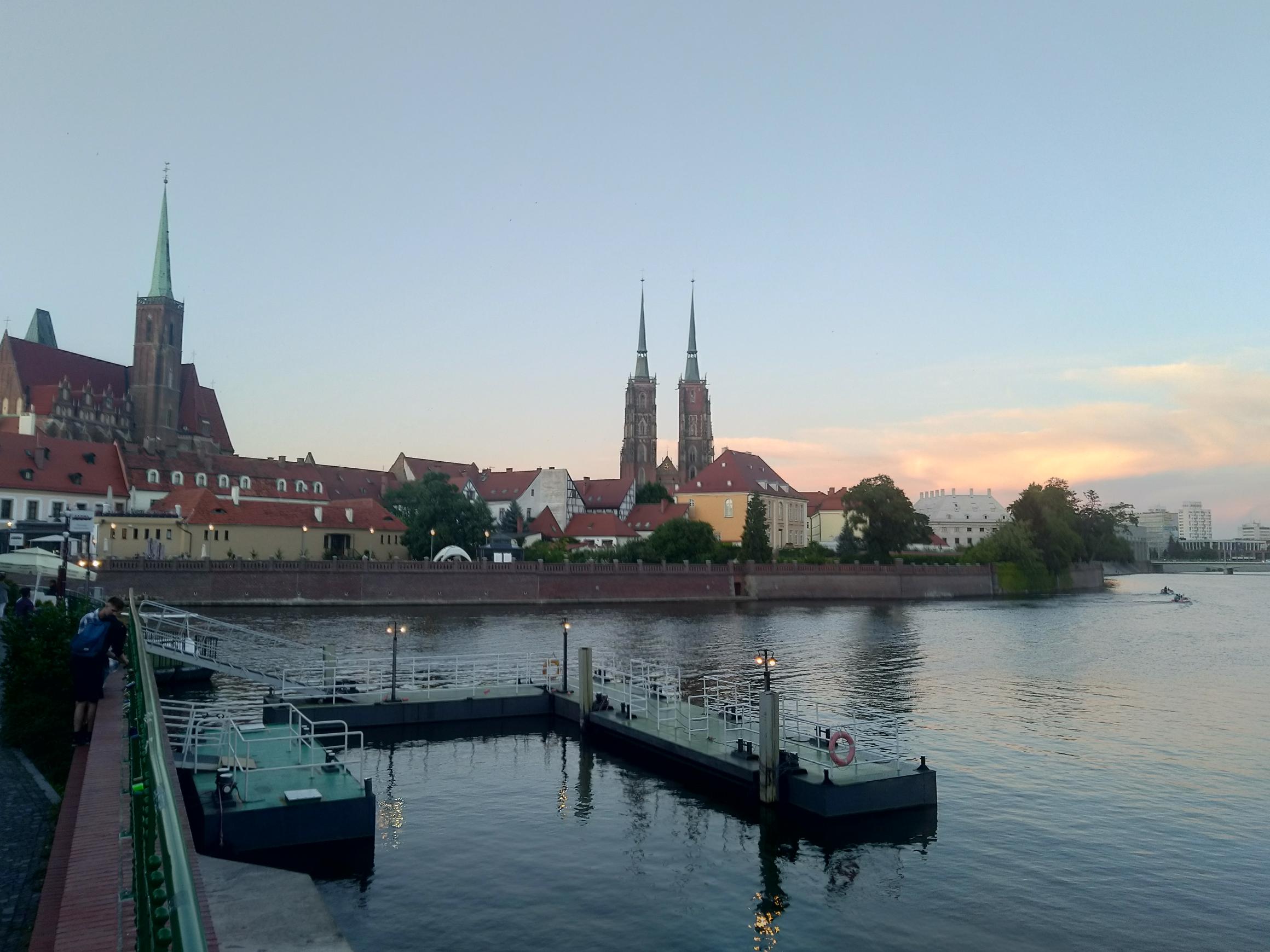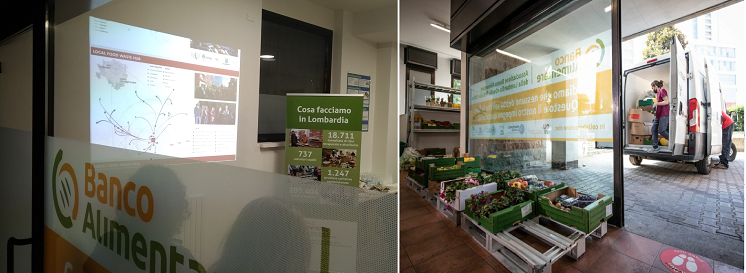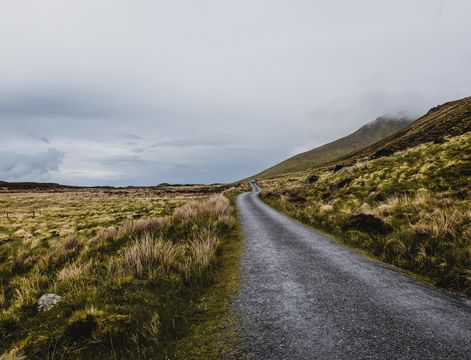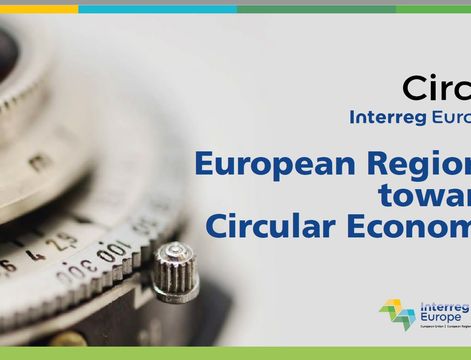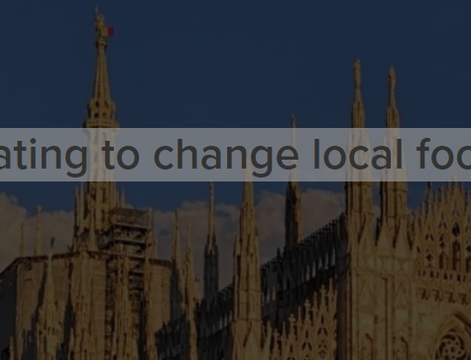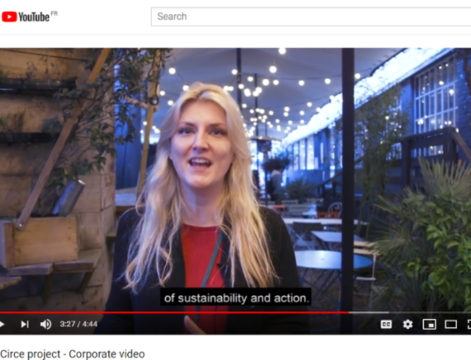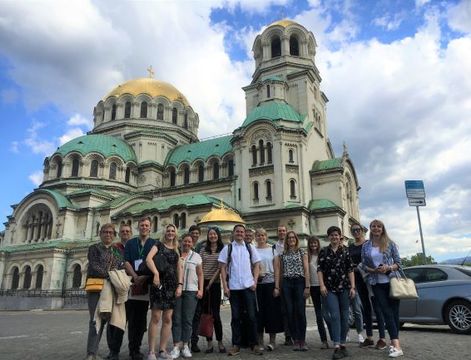 After short introduction, a two-day delegation of Marshal’s Office representatives to Barcelona was summarized.
After short introduction, a two-day delegation of Marshal’s Office representatives to Barcelona was summarized.
After presenting meeting in Barcelona, there was a discussion about CircE tool as cross-sectorial, cross-regional comparison of the regions in opportunities and barriers. Steering Group members and stakeholders were asked to find good practices, institutions, enterprises or project, that are focused on three sectors Lower Silesia in involved. UMWD will also take part in making contacts, interviewing and sending Questionnaire, but also count on engagement stakeholders in this process. Stakeholders were also asked to find possible opportunities in biomass and food waste in Lower Silesia region, which Marshal’s Office need to send to lead partner by the end of December.
Next issue is identification of barriers in chosen sectors, which should be defined by the end of January 2018. The Questionnaire made by Catalonia partner helps to acquire knowledge about this matter. Marshal’s Office chose 20 of 95 questions to send to entrepreneurs, because it was recognized, that sending 100 questions will result in lower filling the form.
Stakeholders were informed about meeting in Lille in France (expected date 10-12.04.2018), where some of the stakeholders will be participating in science seminar organized as part of the project, after confirmation of main topic for the seminar.
The issue of the article which the Lower Silesia is obliged to write about the CE in Lower Silesia by the end of the year was raised. It was proposed that the article should contain two examples of good practices in the region in two sectors Raw Materials and Biomass/Food Waste region is engaged in. Volume of the article is about 1,5 page for one example and 1,5 for the second one. However, Lower Silesia does not insist on sectors good practice will represent or number of enterprises. From Raw Materials sector there was already proposed a company by director Maliszewski, which use waste for glass and ceramics production. Now, there has to be found a good practice form the other sector, bioeconomy, which could be presented in the article. Mrs den Boer mentioned a company, which acquires food products from supermarkets and manages them. Some of it goes to biogas plant, but it has to be verify whether it is also used in biorafinery or in other more advanced clients. Contact to this company was requested. Stakeholders were asked to write and article – 1,5 page on 1 enterprise. The translation will be provided by Marshal’s Office employees.
Next, the Questionnaire issue was discussed. Lower Silesia committed to send two versions of the questionnaire (shortened 20-question and full) to stakeholders, as it was indicated that in the full version of the questionnaire there may be questions on the basis of which interesting conclusions will emerge. Stakeholders were asked to analyze barriers in bioeconomy area in Lower Silesia region or in Poland, from policy, economic, social etc. point of view. When conducting an interview it might be helpful to create a list of own questions, also to guide the interlocutor on what is the essence of CE, especially in small companies, where it is likely that the employee will not know how to answer the question about the capital barrier in CE etc.
In the end stakeholders were informed about idea of small event (up to 40 people) concerning CE in Lower Silesia, which is not planned in the project. It would be organized for all the people and institutions that would be reached by the time of the conference. Additionally, CircE project would be presented and more of good practices would be found. This even would have both educational and promotion function for CE.
Marshal’s Office is committed to send director Maliszewski a report about Raw Materials with a request to comment/supplement/accept it. Marshal’s Office will also send a Bioeconomy report with the same request and also a source, where to find the information to complement the report. What the representatives of Lower Silesia need the most for the project is the greatest number of good practices, people, institutions or projects examples.
The meeting was recorded and photos were taken for reporting purposes only.
The report was prepared by: Katarzyna Dęga
